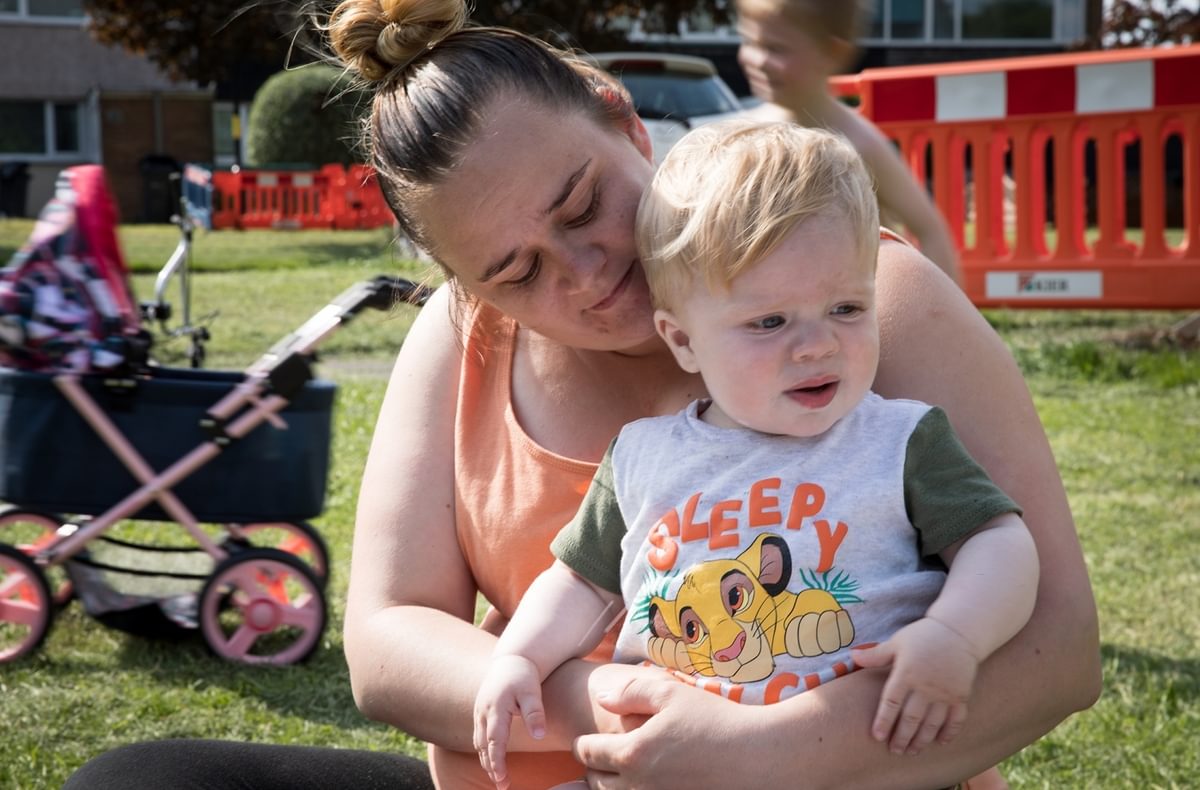Minimum Income Standard explained
The living income level is based on the Minimum Income Standard (MIS), which is overseen by the Joseph Rowntree Foundation and developed by the Centre for Research in Social Policy at the University of Loughborough. The MIS is also used to determine the real living wage, paid by companies like Ikea and Aviva.
It sets out what the public thinks are essential goods and services for an adequate standard of living, which “includes, but is more than just, food, clothes and shelter. It is about having what you need in order to have the opportunities and choices necessary to participate in society.”
Every year, members of the public are invited to take part in a consultation with academic experts where they discuss and reach agreement on the baskets of goods and services required by different types of households in order to meet their basic needs and to participate in society. The participants are chosen to accurately reflect the views and experiences of ordinary people across the UK.
Before the pandemic there were around 19 – 20 million people living below the MIS. The crisis has added at least 1.5 million to this number.
The Joseph Rowntree Foundation specifies four levels of living standard relating to the MIS:
Source: Joseph Rowntree Foundation
- Thriving (those above the MIS) – able to afford a decent standard of living.
- Surviving (those above 75% of the MIS) – getting by day-to-day but under pressure, finding it difficult to manage unexpected costs and events.
- Struggling (those below 75% of the MIS) – falling substantially short of a decent standard of living a struggling person is likely to be experiencing some form of material deprivation, where they cannot afford certain essential items and activities.
- Destitute – a person who is destitute cannot afford to eat, keep clean and stay warm and dry.
The Living Income will use these as benchmarks for reforming social security, so we can all deal with life’s challenges.
